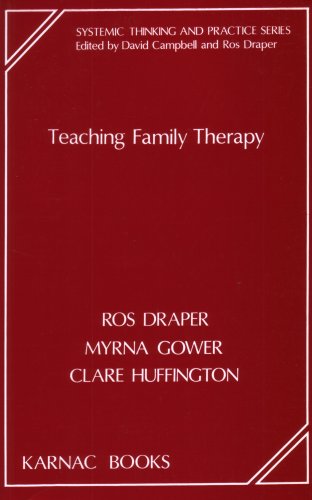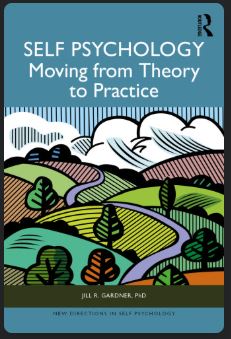دانلود کتاب Teaching Family Therapy - Original PDF
Author:
Ros Draper
0 (0)
توضیحات کتاب :
The teaching of family therapy has been the subject of serious scrutiny since the onset of training and accreditation many years ago, yet there are relatively few attempts to apply what we know about systems and the ways they change family therapy teaching as a two-way process. It is as though family therapy teachers were preoccupied with the content of what should be taught, and were not able to direct their attention to the process by which people learned.The authors began by describing the way they conceptualize the "learning context" which sets the frame for all the teaching they do. Then they discuss the process of setting up a family therapy course, e.g. "What is the best way to negotiate with a training officer to set up a course in a local area?". The book then moves to creating the course syllabus, and some of the practical problems-from lateness to mechanical failures-of getting the course off the ground.The family therapy courses being described are generic courses which cover all the major schools of thought from Structuralist to Strategic to systemic to Constructivist approaches. The unique contribution of this book is the many carefully crafted exercises which form the heart of the teaching/learning experience. Each exercise is designed to teach particular content, such as "enactment", or "circular questioning", which is related to a particular family therapy approach, yet the exercise is also designed with the learning context in mind and it pays attention to the ongoing relationship between teacher and student to maximize the learning which can take place.
سرچ در وردکت | سرچ در گودریدز | سرچ در اب بوکز | سرچ در آمازون | سرچ در گوگل بوک
1,271 بازدید 0 خرید










